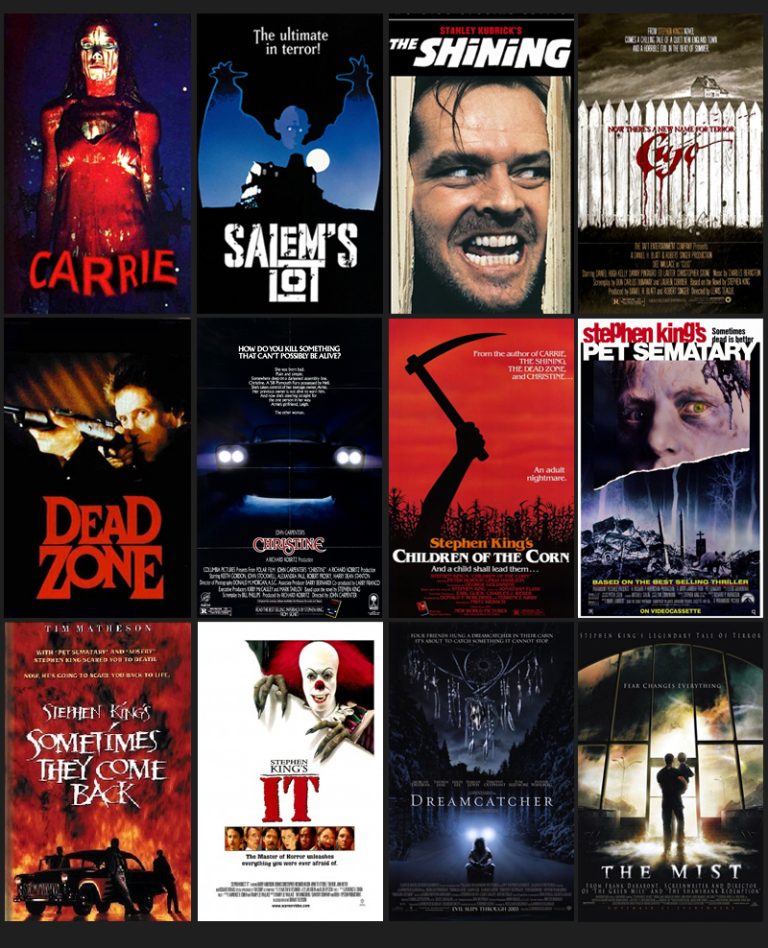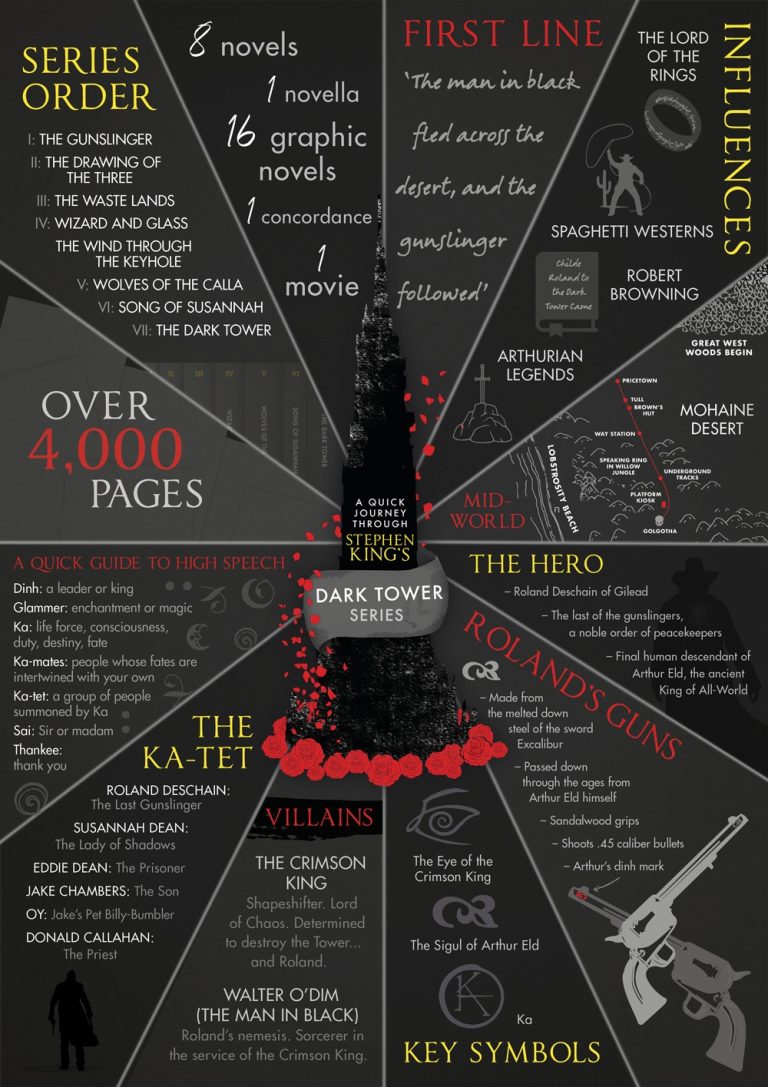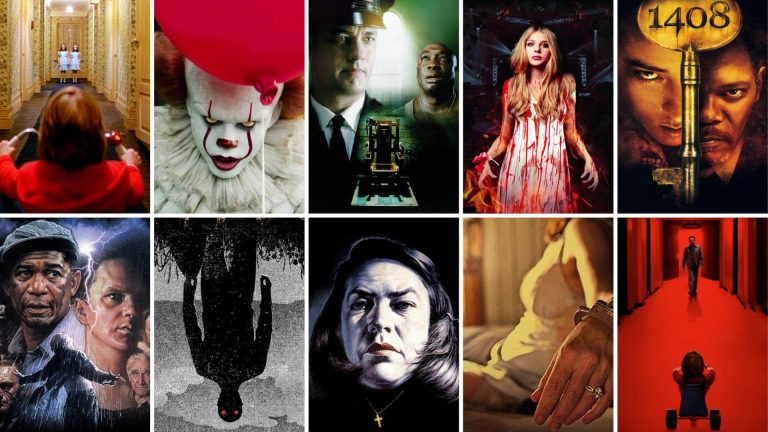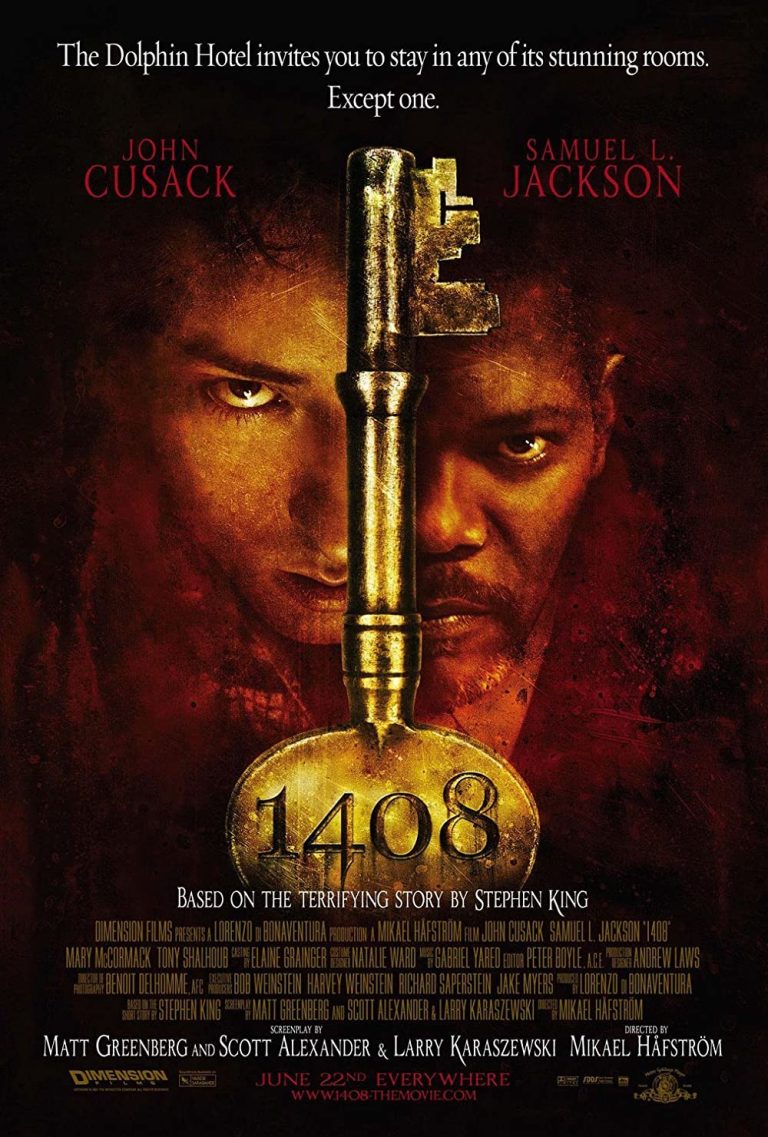Stephen King Movies: A Guide To Directorial Styles
Welcome, fellow movie enthusiasts! Today, we embark on a thrilling journey through the captivating world of Stephen King movies. From heart-pounding horror to gripping suspense, King’s novels have been brought to life on the silver screen by a variety of talented directors, each with their own unique style and vision. In this guide, we will delve into the directorial choices that have shaped these iconic films, shedding light on the artistry behind the scares.
When it comes to Stephen King adaptations, the directorial style can make all the difference in creating an immersive and unforgettable experience. From Brian De Palma’s stylish and atmospheric approach in “Carrie” to Stanley Kubrick’s chilling and meticulously crafted vision in “The Shining,” each director brings their own flair to the table. Whether it’s the intense psychological exploration of David Cronenberg in “The Dead Zone” or the visceral scares of Andy Muschietti in “It,” these filmmakers have left their indelible mark on King’s stories.
So, grab your popcorn and get ready to dive into the world of Stephen King movies. Join us as we explore the directorial styles that have made these films the stuff of nightmares and cinematic legends. From spine-tingling suspense to heart-stopping horror, this guide will be your compass through the captivating world of Stephen King adaptations. Get ready to be enthralled!
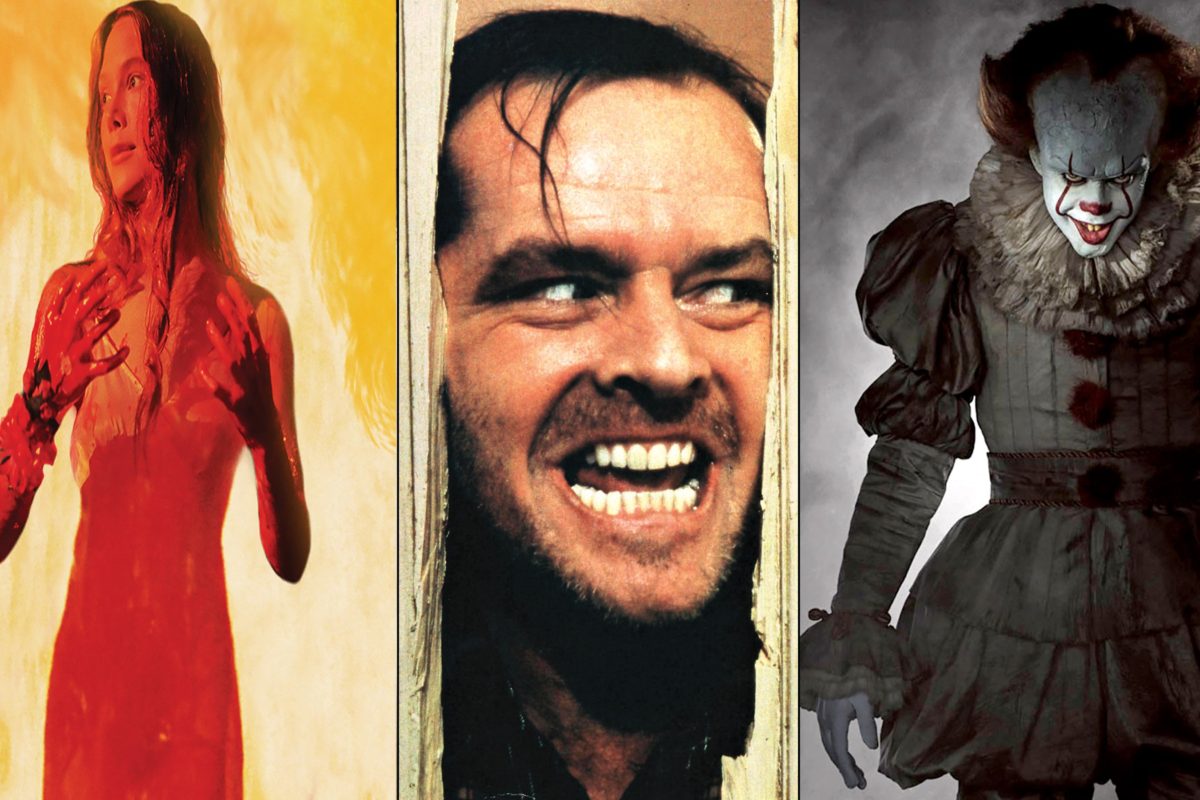
Stephen King Movies: A Guide to Directorial Styles
Stephen King is a renowned author known for his thrilling and suspenseful novels. Many of his works have been adapted into movies, captivating audiences with their unique storytelling and chilling narratives. Throughout the years, various directors have taken on the task of bringing King’s stories to the big screen, each with their own distinct directorial styles. In this article, we will explore the different directorial styles employed in Stephen King movies and how they contribute to the overall cinematic experience.
The Classic Horror Approach
One common directorial style seen in Stephen King movies is the classic horror approach. Directors who adopt this style focus on creating a sense of dread and fear through atmospheric settings, tense pacing, and spine-chilling visuals. They skillfully build suspense, keeping audiences on the edge of their seats throughout the film. This approach is often characterized by dark and gloomy cinematography, eerie sound design, and intense performances from the cast.
For example, in the movie adaptation of King’s iconic novel “The Shining,” director Stanley Kubrick expertly utilizes this directorial style to create an unsettling and haunting atmosphere. Through his meticulous attention to detail and masterful use of long tracking shots and unsettling camera angles, Kubrick immerses the audience in the psychological horror of the story.
The Psychological Thriller Technique
Another directorial style frequently employed in Stephen King movies is the psychological thriller technique. Directors who utilize this style delve deep into the minds of the characters, exploring their fears, obsessions, and psychological struggles. They often blur the lines between reality and illusion, creating a sense of unease and suspense. This style focuses on the psychological aspects of horror, using subtle cues and psychological tension to captivate the audience.
In the movie adaptation of King’s novel “Misery,” director Rob Reiner skillfully employs the psychological thriller technique to create a sense of claustrophobia and terror. Through his use of tight close-ups, intense performances, and a gripping screenplay, Reiner brings the psychological torment of the story to life, leaving the audience on the edge of their seats.
The Supernatural Spectacle
Stephen King’s stories often involve elements of the supernatural, and directors sometimes embrace this aspect by creating a supernatural spectacle. This directorial style focuses on bringing fantastical elements to life on the screen, immersing the audience in a world where the impossible becomes possible. Through stunning visual effects, imaginative set designs, and larger-than-life performances, directors create a thrilling and otherworldly cinematic experience.
In the movie adaptation of King’s novel “It,” director Andy Muschietti adopts the supernatural spectacle style to showcase the terrifying entity known as Pennywise the Dancing Clown. Muschietti’s use of elaborate makeup and special effects, combined with the exceptional performance of actor Bill Skarsgård, creates a truly chilling and unforgettable supernatural presence.
The Dark Comedy Twist
While Stephen King is primarily known for his horror stories, some of his works possess elements of dark comedy. Directors who incorporate this style infuse moments of humor and wit into the otherwise intense and suspenseful narrative. This juxtaposition of comedy and horror adds a unique flavor to the movies, providing moments of relief and levity amidst the darkness.
In the movie adaptation of King’s novel “Carrie,” director Brian De Palma successfully incorporates the dark comedy twist to enhance the storytelling. By interweaving moments of dark humor with the intense and horrific events, De Palma creates a distinct tone that captures the essence of King’s writing.
The Thrilling Action Approach
Some Stephen King stories lend themselves to thrilling action sequences, and directors often embrace this aspect by employing a thrilling action approach. This directorial style focuses on high-energy sequences, fast-paced editing, and adrenaline-pumping moments. It adds an extra layer of excitement to the story, keeping audiences engaged and on the edge of their seats.
In the movie adaptation of King’s novel “The Running Man,” director Paul Michael Glaser utilizes the thrilling action approach to create a fast-paced and exhilarating cinematic experience. Through dynamic camerawork, intense chase sequences, and explosive set pieces, Glaser brings the thrilling action of the story to life.
The Character-Driven Drama
While horror and suspense are prominent in Stephen King’s works, directors sometimes take a character-driven drama approach to highlight the emotional depth of the story. This style focuses on exploring the complexities of the characters, their relationships, and their personal journeys. By delving into the human aspect of the narrative, directors create a more profound and resonant viewing experience.
In the movie adaptation of King’s novella “The Shawshank Redemption,” director Frank Darabont employs the character-driven drama technique to tell a poignant and inspiring tale. Through his sensitive direction, heartfelt performances, and a beautifully crafted screenplay, Darabont creates a deeply moving and thought-provoking film that explores themes of hope, friendship, and redemption.
Key Takeaways: Stephen King Movies – A Guide to Directorial Styles
- Stephen King movies are known for their diverse directorial styles.
- Each director brings their own unique approach to King’s stories.
- Some directors focus on building suspense and tension.
- Others emphasize psychological horror and character development.
- Visual storytelling is a common element in many King adaptations.
Frequently Asked Questions
Q: What are the different directorial styles found in Stephen King movies?
Stephen King movies have been directed by various filmmakers, each with their own unique directorial style. Some directors choose to stay faithful to King’s original vision, while others put their own spin on the material. Here are a few examples of directorial styles found in Stephen King movies:
1. Psychological Thriller: Some directors focus on creating a sense of psychological tension and suspense, emphasizing the psychological aspects of King’s stories.
2. Horror: Many Stephen King movies are known for their intense horror elements, with directors using various techniques to scare and unsettle the audience.
Q: How do directors bring Stephen King’s characters to life on the screen?
Bringing Stephen King’s characters to life on the screen requires a combination of skilled direction and talented actors. Directors often work closely with the actors to ensure that they capture the essence of the characters as described in King’s novels. They may also make changes or additions to the characters to better fit the medium of film.
Additionally, directors use various visual and auditory techniques to enhance the portrayal of the characters. This can include creative use of lighting, sound effects, and costume design to emphasize the unique traits and personalities of each character.
Q: How do Stephen King movies differ from other horror films?
Stephen King movies often stand out from other horror films due to their focus on character development and storytelling. While many horror films prioritize shock value and jump scares, King’s stories delve into the psychological and emotional depths of his characters.
Furthermore, Stephen King movies often tackle real-world themes and issues, adding depth and substance to the horror elements. This combination of relatable characters and thought-provoking storytelling sets Stephen King movies apart from other horror films.
Q: Are there any recurring themes or motifs in Stephen King movies?
Yes, there are several recurring themes and motifs in Stephen King movies. One common theme is the exploration of the dark side of human nature, with characters often being confronted by their own inner demons. Another recurring motif is the presence of supernatural or paranormal elements, which add an extra layer of mystery and suspense to the stories.
Additionally, many Stephen King movies feature small-town settings and a sense of community, with the residents banding together to face a common threat. This theme of unity and resilience in the face of adversity is a hallmark of King’s storytelling.
Q: How do directors adapt Stephen King’s written works for the screen?
Adapting Stephen King’s written works for the screen can be a challenging task for directors. They must condense the often sprawling narratives of King’s novels into a cohesive and engaging film. This may involve making cuts and changes to the source material while still staying true to the overall themes and tone.
Directors also have to make decisions on how to visually represent King’s vivid and sometimes surreal descriptions. They may use special effects, practical effects, or a combination of both to bring King’s unique worlds to life on the screen. Ultimately, the goal is to create a cinematic experience that captures the essence of King’s writing while also being a compelling standalone film.
How Stephen King Scares You In 3 Steps | The Art Of Film
Final Summary: Unlocking the Styles of Stephen King Movies
As we delve into the world of Stephen King movies, one thing becomes abundantly clear: the diverse range of directorial styles that bring his stories to life on the silver screen. From spine-chilling horror to heart-pounding suspense, each film has its unique flavor, leaving audiences captivated and craving for more. In this guide, we’ve explored the artistry behind these adaptations and uncovered the distinct approaches taken by different directors. So, let’s wrap it up and take a final look at the mesmerizing tapestry of Stephen King movies.
From the atmospheric brilliance of Stanley Kubrick’s “The Shining” to the nostalgic charm of Rob Reiner’s “Stand by Me,” we’ve witnessed a plethora of directorial styles that have breathed life into King’s vivid imagination. Directors have skillfully crafted their own interpretations of his works, elevating them beyond the written word and immersing audiences in worlds of fear, intrigue, and wonder. Whether it’s Brian De Palma’s Hitchcockian suspense in “Carrie” or Frank Darabont’s emotional depth in “The Shawshank Redemption,” each director brings their unique vision to the table, making every adaptation a cinematic experience in its own right.
In conclusion, the world of Stephen King movies is a testament to the power of storytelling and the artistry of filmmaking. These adaptations have become cultural touchstones, captivating audiences worldwide and solidifying King’s status as the master of horror. So, next time you find yourself in the mood for a thrilling cinematic journey, look no further than the realm of Stephen King movies, where directorial styles intertwine with the author’s haunting narratives to create unforgettable experiences. Get ready to be transported to worlds where nightmares and dreams collide, and prepare to be enthralled by the magic of cinema.

